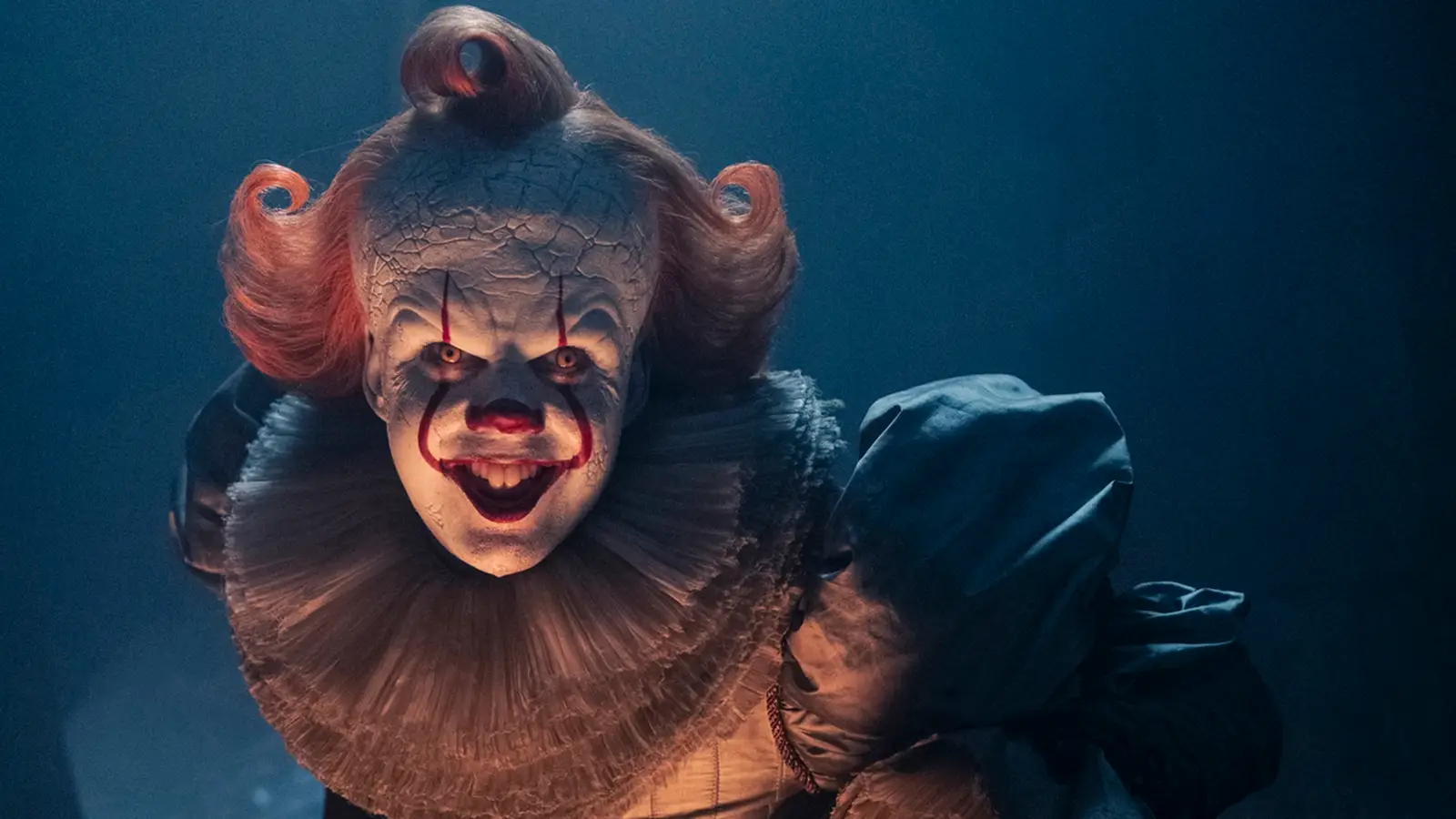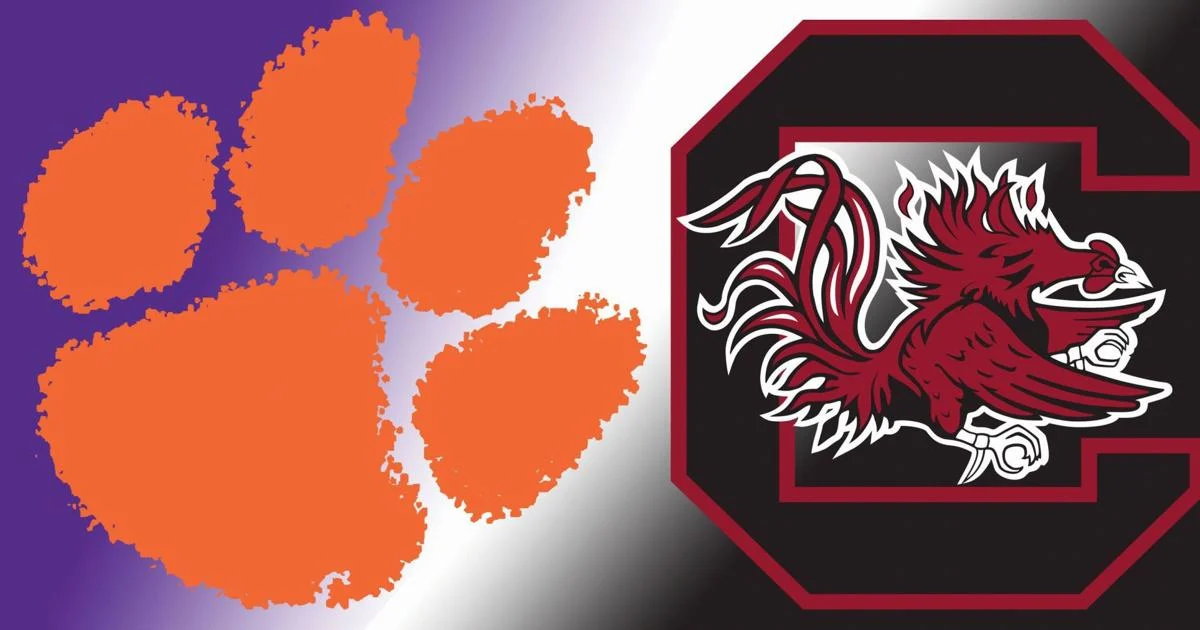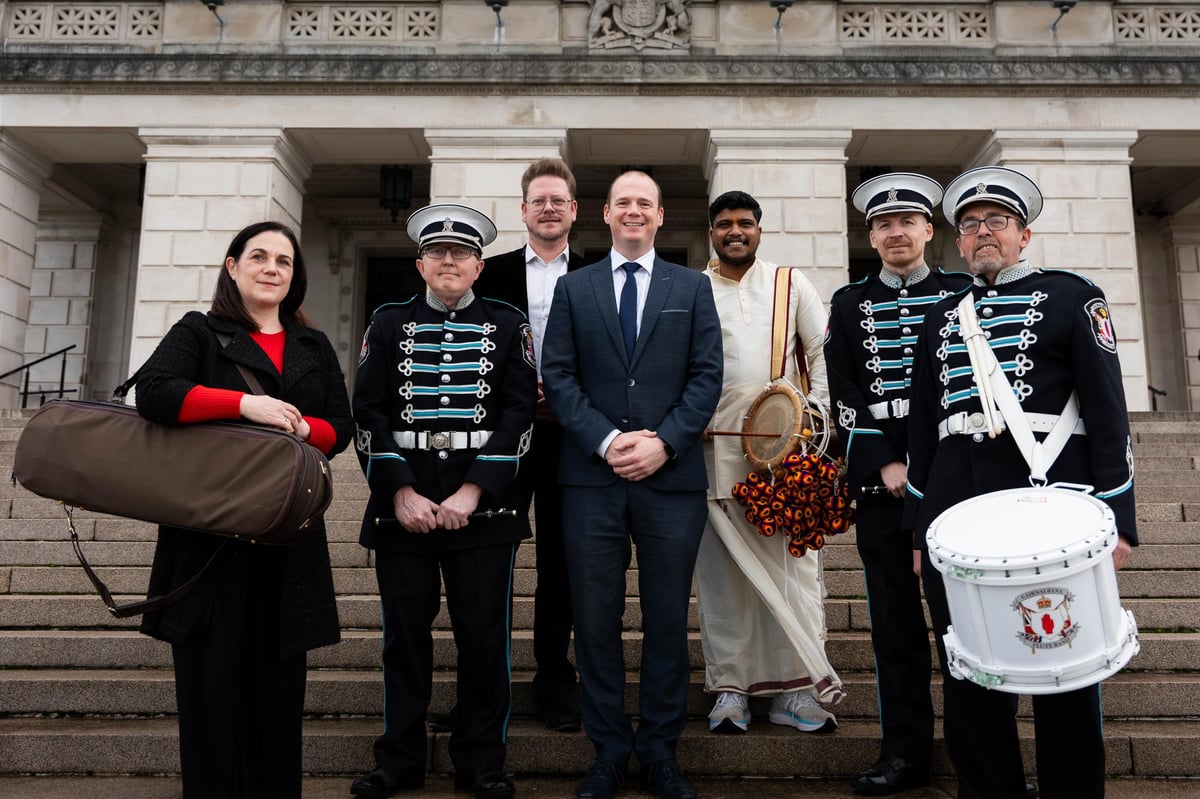Copyright Screen Rant

When the upcoming It: Welcome to Derry hits HBO, it will finally fix one small but crucial element of Stephen King's original book that never made logical sense. At the same time, It: Welcome to Derry can add context to and repair the flawed attempts of the sequel movie to address that same aspect of the novel, one that has been rightly criticized for the past few years. King's explanation of the ancient history of Pennywise and his early encounters with ancient people fell apart if you looked too closely at it, for a few reasons. As with so many things King has written, the lore of Pennywise and his interdimensional race has been retconned and added to over the decades, and as a result, there are some logical inconsistencies. Now, the well-reviewed It: Welcome to Derry TV show has the chance to bridge those gaps in a satisfactory way. The Local Indigenous Tribe Plays A Big Role In It: Welcome To Derry One thing Stephen King rightly alluded to in his original novel is the way Indigenous people knew of entities like Pennywise long before white settlers. It's a truth usually unacknowledged in a Eurocentric worldview: If there is a cryptid or supernatural entity about, you can bet that it's been a part of local Indigenous folklore for centuries longer than white people thought. Sasquatch, fairy-like beings, giants, even entities whose origins seemingly began on Internet creepypasta forums, like the rake, have long been recorded in Indigenous stories. Rather than sideline the local Native American tribe or make them an afterthought, though, It: Welcome to Derry makes them a crucial hub linking everything together. It's the kids who slowly realize there is a growing evil in the town while the U.S. military conducts a top-secret investigation, unaware they're tracking the same thing as the kids. The local Indigenous people of Derry, however, don't have to investigate. They have long known of the malevolent entity at the heart of Derry's rot, and that the military must not discover the truth, lest its greater evil be unleashed upon the world. Wisely, It: Welcome to Derry avoids the tired and problematic "noble savage" trope so often used to portray Indigenous people in eras past. The local Native American tribe, much like the Black soldiers of the show, has to grapple with all the racism and ingrained prejudices one would expect of a small, predominantly white town in early 1960s America. They have the knowledge, but they are not revered for it. In doing so, the It prequel serves the long-overdue function of incorporating the local Native American people into the story in a way that Stephen King's novel failed to properly do, but should have. The Ritual Of Chüd Is An Important But Nonsensical Aspect Of Stephen King's It In King's book, the Ritual of Chüd is an ancient ritual discovered by Bill Denbrough in a book at the local library. In King's version, it was a rite outlined in the mythology of ancient Himalayan people, who called entities like Pennywise "Taelus." In the ritual, a Himalayan holy man and the Taelus bite each other's tongues while telling jokes. Whichever party laughs first loses. If the holy man laughs first, the Taelus gets to eat his soul; if the Taelus laughs first, it is banished for a hundred years. In truth, it never made much sense that the Losers found what they were looking for in ancient Himalayan rites when the local Native American tribe was right there. It was well established that Pennywise had been in Derry for centuries, perhaps thousands of years; the local Indigenous population absolutely would have known about it and had their own customs surrounding banishment or containment. It's not clear why Stephen King didn't include that in the original novel. Perhaps he didn't think of it, or perhaps he was wary of misappropriating Native American culture and beliefs. Either way, it's a strange omission for a story so steeped in local lore going back centuries. It: Welcome To Derry Can Fix The Problems With The Book & The 2019 Sequel Andy Muschietti attempted to correct this in 2019's It: Chapter Two. In the movie, the knowledge of how to defeat Pennywise isn't gleaned from texts about ancient Himalayan lore. Instead, adult Mike Hanlon discovers it when visiting the local Indigenous tribe, the fictional Shokopiwah people, who, he learns, were the first to encounter the interdimensional entity and conduct the ritual to trap Pennywise in a vessel. Unfortunately, It: Chapter Two is not without its issues regarding Indigenous representation. Unlike in the novel, the ancient Indigenous people of the movie failed and were slaughtered by Pennywise. More problematic is that Mike steals that sacred, ancient vessel from the tribe for the Losers Club to trap Pennywise. While the goal of killing Pennywise is noble and Mike is a Black man, which itself is loaded with fraught history, the symbolism of a group of largely white men stealing a precious artifact from an Indigenous tribe to use it for their own ends is squicky, at best.



